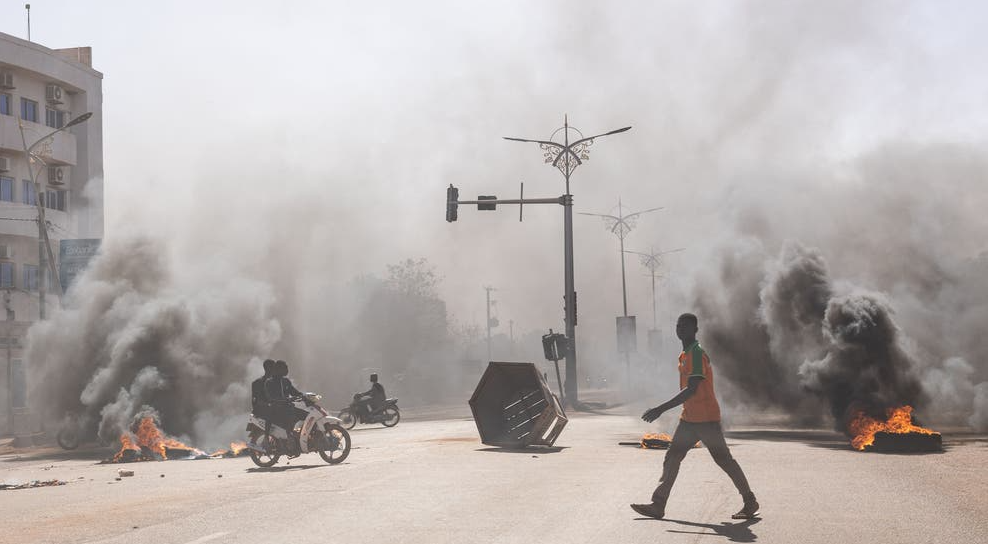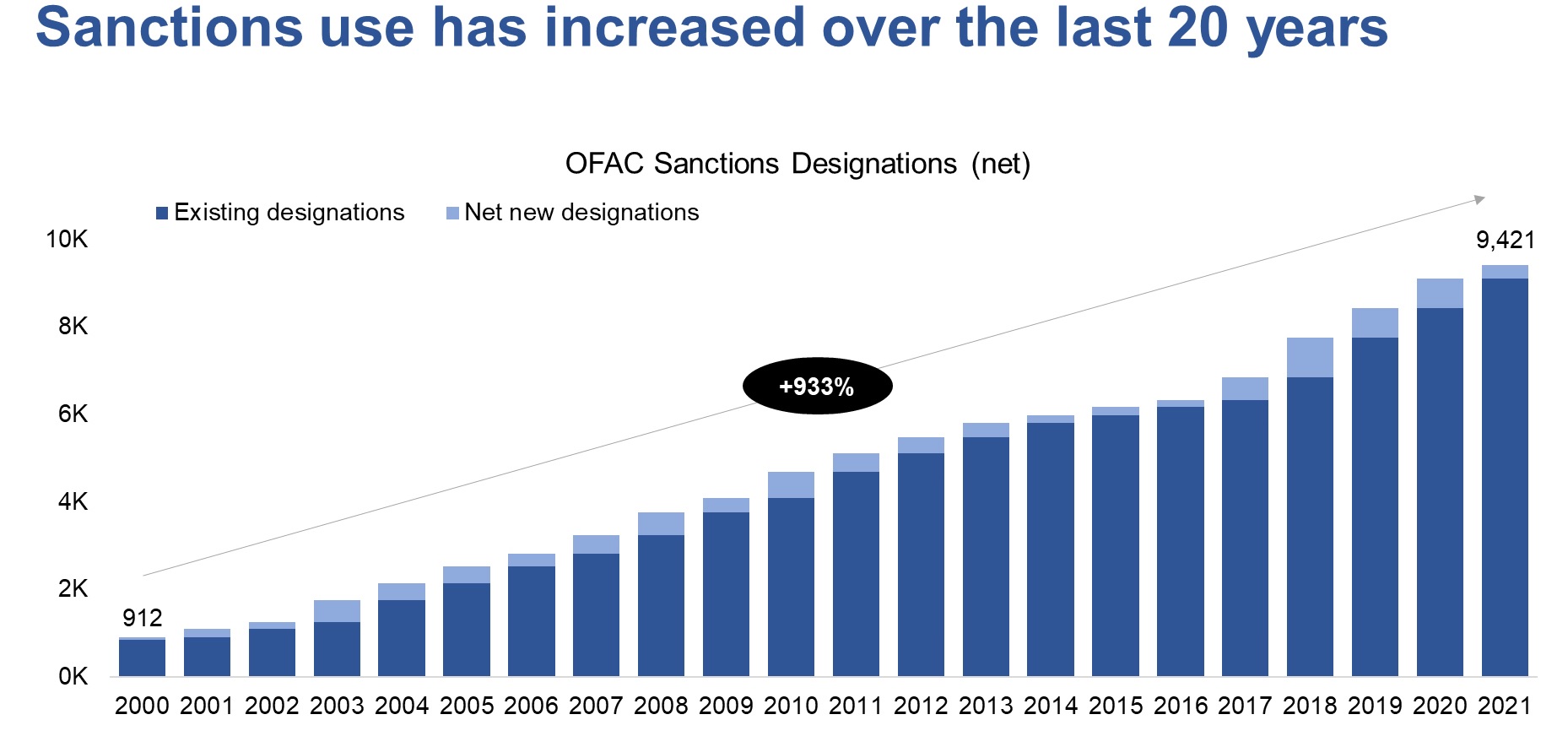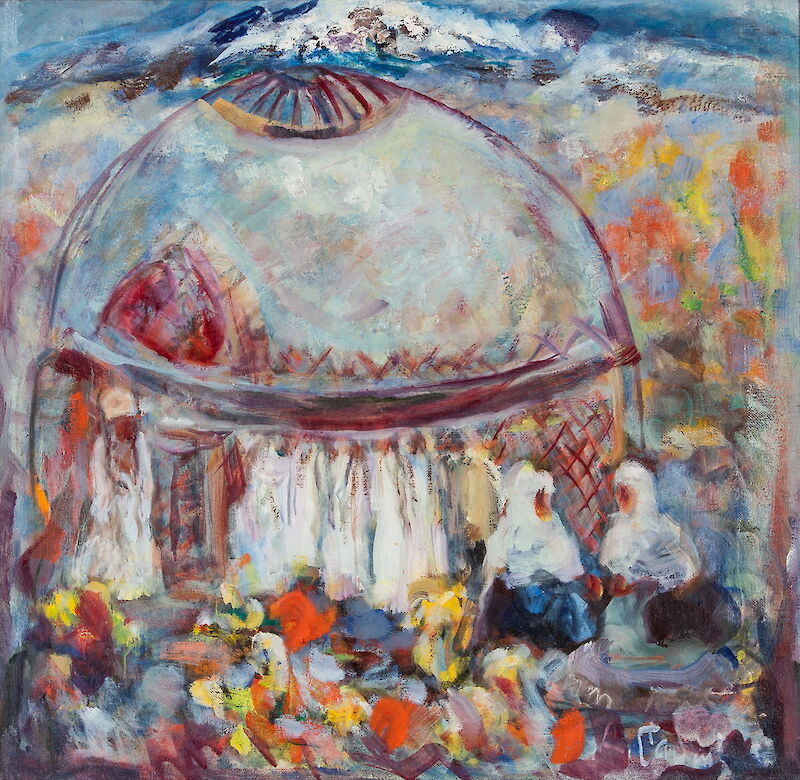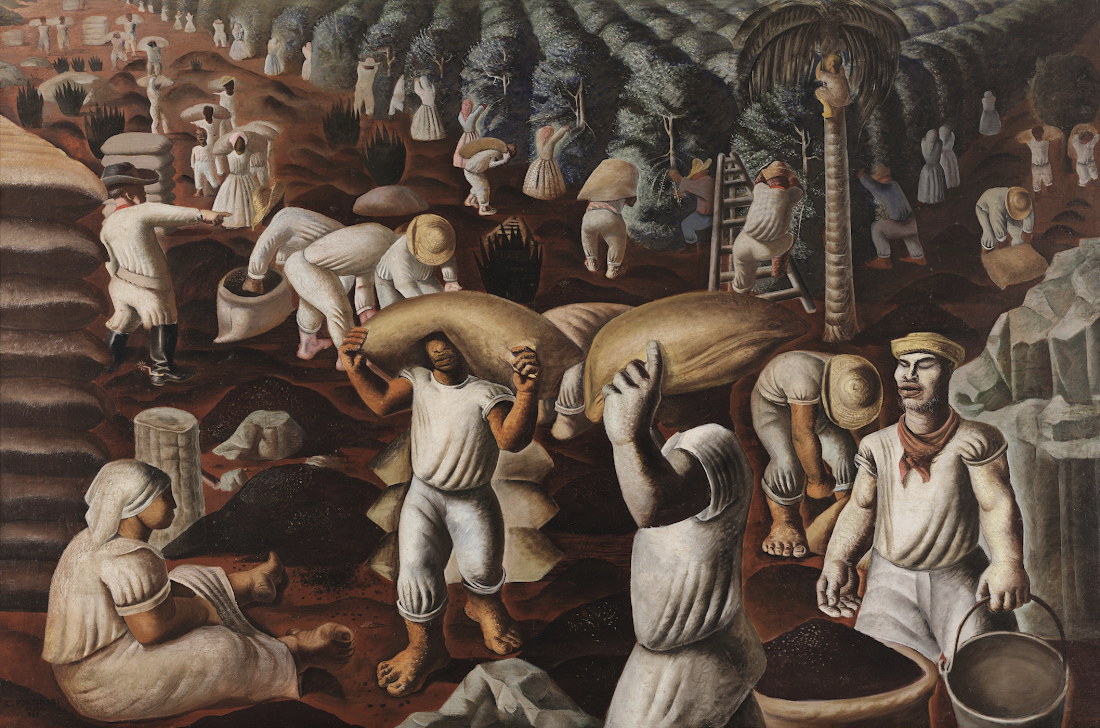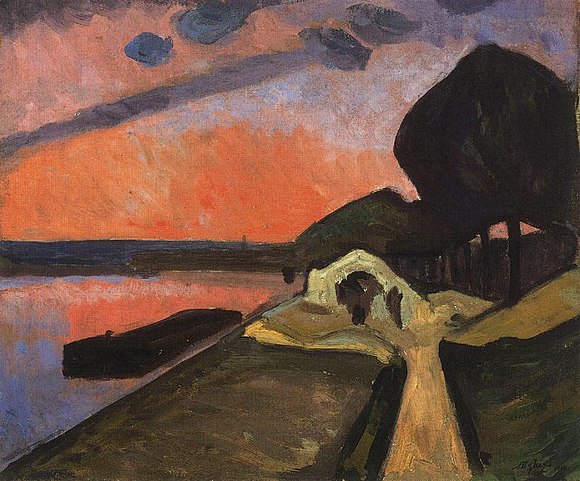Slowly but surely the headlines are building a new conventional wisdom: coups are back in Africa. Al Jazeera labelled 2021 ‘the year military coups returned to the stage in Africa’; following the Sudan putsch, the BBC asked a rhetorical question about whether ‘military takeovers’ were on the rise ‘in Africa’. CNN evidently responded yes to that question, since its own query was about why coups were ‘making a comeback in Africa’. This is just a sample from the larger outlets, and the buzzword buzzes farther afield across the international media-sphere, think tanks and academia.
Obviously, ‘Africa’ here is a generalization. In the 54 countries of the continent, there have transpired of late five or six events that fit the description of a military coup, two of them in the same country (Mali) and one closer to a constitutional than a military coup (Chad). More significantly, all but one of these events took place in the same region, West Africa – and even more specifically, Francophone West Africa. The exception is Sudan, and the West African cases are Mali, Guinea and Burkina Faso. One final detail: in all three cases, one can hardly speak of a ‘comeback’. Within the last fifteen years – a time-horizon perhaps too vast for the media – there were coups in Guinea (2008), Mali (2012) and Burkina Faso (2015). Niger, which has not featured in the most recent spate, had a military coup in that period (2010) and escaped a slipshod attempt just last year.
And this is not counting a type of coup that generally goes unnoticed in the media – the constitutional coup, again a speciality of Francophone West Africa, which witnessed a string of them beginning with one in Niger in 2009. (Chad, mentioned above, is a less clear-cut illustration of the phenomenon). These take the form of brutal modifications or – as in the Nigerien case of 2009 – scrapping of the constitution so that the reigning president could seek a new term despite a legal bar. With the exception of Cote d’Ivoire, these constitutional coups ended badly everywhere they were attempted, twice by way of a military coup (Niger 2010, Guinea 2021), and twice through popular resistance (Senegal 2012) and insurrection (Burkina 2014).
The most recent of these ‘coups in Africa’, the one in Burkina Faso, should therefore be understood against this background. Most of these Francophone West African coups played out in the struggle between politicians determined to stay in power come what may, and citizens aspiring to be true citizens, i.e., people governed by law, free elections and political participation – two diametrically opposed ambitions. But not all of them fit this description: the Malian and Burkinabe coups tell a different story. In other words, the category ‘military coup’ is not a very helpful one, since different military coups carry very different meanings. Of the three last coups in Francophone West Africa, the one in Guinea is part of the democratic struggle story, since it was a response to the constitutional coup previously made by now-ousted president Alpha Condé. But the ones in Mali and Burkina Faso are both ‘defeat’ coups, meaning that they are responses to failure in war. Even then, each occurred in a highly specific national context, and their consequences will not be the same.
The stage, for both countries, is one of an intense security crisis triggered by an asymmetric war of attrition conducted by Jihadists, loosely affiliated to the Islamic State and Al-Qaida, against the states of the central Sahel (Burkina, Mali, and Niger) – since 2012 for Mali and Niger, and after 2015 for Burkina. Mali was defeated by the Jihadists from the start and was saved only by France’s Operation Serval (early 2013). But since then, the Jihadists have developed a war of attrition strategy that has had a devastating impact on all three countries, effectively removing the state from large swathes of territory, including the districts surrounding the capital in Niger, the entire north and centre of Mali – roughly half the country’s surface, though sparsely populated – and over a third of the territory in Burkina Faso.
‘Removing the state’ here concretely means that these regions are war zones in which normal life has become impossible, populations are mass-killed or subjected to levies by Jihadists and other armed groups, and national defence and security forces are severely degraded. Given that this process has not only lasted year after year, but actually expanded slowly and relentlessly, there is no other word for it than defeat, if one of a creeping rather than a single-blow sort. And defeated regimes are always on shaky ground – a vivid lesson of history the world over. Losing patience, populations in the Sahel turned against their regimes in Mali and Burkina, though not in Niger, where anger boils in the most affected region (the west) but not elsewhere. They also turned against the French, who have been involved in the fighting since the days of Serval – later Operation Barkhane – but equally ineffective, succeeding only in stoking the skin-deep resentments which many Francophone Africans nurture against the former colonial master. In December last year, a Barkhane logistic convoy from Cote d’Ivoire to northern Mali was attacked by enraged citizens when it crossed Burkina Faso and western Niger.
Faced with the failures of elected governments, populations openly or secretly wish for a military takeover, especially since they ascribe the failures to the kind of corrupt shenanigans by which often dubiously elected leaders run public affairs. Acutely aware of this, rulers become suspicious of the military, which does not help in times of war. This is the congeries of issues out of which – unsurprisingly – sprang the Burkina coup.
Of the three Sahel countries, Burkina Faso was the one with the more promising politics. More than Malians and Nigeriens, Burkinabes have national and patriotic feeling. In Mali, northerners literally live in a different country from southerners; Niger is divided between easterners, still carping long after the fact about how westerners hogged political power for the first three decades of independence, and westerners who now feel they are a maligned minority. Such riving internal geopolitics, though they exist in Burkina too, are bridged there by the intense sense of common destiny that brought about such unique events as the unseating of President Maurice Yaméogo by the people in 1966, the revolution of 1983, and the unseating of President Blaise Compaoré in 2014. In 2015, the people defeated a coup intended to restore Compaoré. It was out of the citizens-led processes of 2014-2015 that came the constitutional regime overthrown on 24 January.
The coup is popular. Unlike his colleagues in other Francophone countries of the region, ousted president Roch Kaboré was elected and re-elected in comparatively free and fair polls. Though his government inevitably had critics and naysayers, Burkinabe politics since 2015 were the most liberal in Francophone West Africa in terms of citizens’ freedoms and respect for opposition. But the security crisis became its albatross. Kaboré made it his ‘absolute priority’ and donned the mantle of defence minister, in addition to the presidency, but no discernible strategy or set of reforms accompanied the posture. By 2022, upward of 1.5 million Burkinabes were displaced from the east and north of the region – playground of Al-Qaida-affiliated Jama’at Nusrat al-Islam wal-Muslimin (JNIM, ‘Group for the Support of Islam and Muslims’) – and over 2,000 people died in countless attacks. The military suffered many setbacks, the latest of which, in the locality of Inata at the Mali-Burkina border, triggered rage across the country, after details revealed that beleaguered gendarmes had holed up there without food supplies and logistical support. They were forced to hunt in dangerous terrain to feed themselves, despite the huge funds the government claimed it had allocated to defence. To the shock of the nation, 53 gendarmes were killed in the attack and the army base was totally destroyed by Jihadists who took the time to film their exploits.
Burkina’s defence sector was clearly in need of urgent reform, but none was forthcoming. Early in 2021, frustrated French president Emmanuel Macron went so far as to tell journalists – on the record – that President Kaboré was refusing to reform his army for fear of a coup. Many in the Burkinabe military also believed as much. When the coup began to unfold, the coup-makers circulated a six-point list of reforms that they deemed indispensable for war against the Jihadists. It has since transpired that these demands, which led some to believe that the ‘mutiny’ (as it was first presented) was just ‘khaki unionism,’ a manoeuvre the coup-makers employed to dupe the government until they could act at night. Still, they were significant especially in that they asked for the resignation of some of the top-brass close to Kaboré; they had been voiced by junior officers for months, but were ignored in a context where the military was deeply divided along generational lines.
But the popularity of the coup is also based on worrying myths. Many in Burkina believe that former despot Blaise Compaoré would have better dealt with the Jihadist crisis. There is an ill-founded conviction – once shared by Kaboré himself – that the Compaoré regime had connections with Jihadist groups that protected Burkina from attacks. The fact that the first terrorist attack in Burkina – a ‘classic’ city-centre bombing that hit Ouagadougou in January 2016 – occurred after the failure of the pro-Compaoré coup of 2015 gave rise to notions that ‘the terrorists’ thought Burkina was free game now that their ‘ally’ was definitively out. In fact, Jihadists had voiced threats against Burkina as early as 2013, due to its alliance with the French, a firm policy choice of the Compaoré regime (when he was toppled the following year, he was airlifted out of the country by French special forces). Mindful of the intense anti-French feeling that courses through Burkinabe public opinion, Kaboré accepted French help but made a show of limiting it to a minimum. Nonetheless, he had accepted it, and that was a contemptible sin for the most vocal sections of Burkinabe public opinion. France has proved incapable of vanquishing the Jihadists despite having the resources of a great Western army. That impotence looks suspicious and has bred theories, bolstered by past French mischief (real or imagined), that the former coloniser may actually be using the militants to destabilize the Sahel and take control of the untold riches in the region’s grounds.
Such sentiments and the pressures they create in the political field have already pushed Mali into the arms of Russia, which Malians – at least those in the south – see as the right kind of foil for the country that they consider their only true enemy, France. Russian flags are waved at the mass demonstrations that the junta in Bamako organises to ramp up support at each challenging turn – recently, the punishing sanctions imposed by the Economic Community of West African States (ECOWAS). Russian flags were also waved in the popular rejoicing that erupted in Ouagadougou after the coup was completed – but nothing suggests they were issued by the new powers that be. Burkinabe public opinion has long been taking its cue from Mali. Two days before the coup, a demonstration in support of ‘the Malian people’ had been forbidden by the Kaboré government, and the Russian flags were probably ready by then. Some suspect they are supplied by Russian stooges. The instability of Francophone Africa, and the anti-French paranoia in many of these countries, is a geopolitical boon that Russia is happy to exploit in the context of the emerging Cold War 2.0 with the West.
Although an agent of the Russian mercenary outfit Wagner – funded by ‘Putin’s chef’ Yevgeni Prigojin – has already tweeted that they were ready to respond to a call from Ouagadougou and help where France had been ‘totally unsuccessful,’ it is not clear that Burkina will go the way of Mali (and of the Central African Republic, now all but a ‘Wagner state’). As a polity, Burkina has been much less damaged by the Sahel crisis than Mali. Kaboré was not a target of the heated passions – exploited to the hilt by populist politicians such as Choguel Maïga (rewarded with the post of prime minister) or religious demagogues like Mahmoud Dicko – that brought down Mali’s Ibrahim Boubacar Keïta in August 2020. Anger was at his incompetence, not his rottenness, and Burkina’s presidential democracy allowed no removal of the head of the executive branch by way of a vote of no-confidence. The junta in Ouagadougou claims for now the role of Cincinnatus, not – like the Mali junta – that of Caesar: that is, they want to be saviours in times of war, not opportunist dictators. Their leading man, 41-year-old Lt.-Colonel Paul-Henri Damiba, is the author of a monograph on the ‘uncertain responses’ (his incertaines is perhaps better translated as ‘unclear’) of West African armies confronted by terrorism, that reads in turn like a student thesis and a deeply – if coolly – frustrated analysis of the passive and obsolete roles to which the Sahel armies are consigned by their governments. He also deplores the lack of ‘national defence strategies’. I have heard the same lament, in precisely these words, amongst army officers in Niger, who – mindful of the suspicions of their rulers – meander only briefly, and in a low tone of voice, into the topic. (I never dare to press them).
The first political move of the Ouagadougou junta has been to discuss with the Kaboré government the terms on which cooperation may arise – in sharp contrast with the witch-hunt and acrimony that followed the Mali coups. The political class and civil society organisations fully expect to participate in the political process triggered by the coup. And in his first public speech, Damiba has insisted that Burkina ‘now more than ever needs the support of its partners’, pledging a rapid return to constitutional governance. If ECOWAS is wise, they will take advantage of this auspicious disposition and make of Burkina Faso a counter-example to Mali on how to end a ‘defeat coup.’ But clearly the more important development for the country itself – and the region – is whether this action will finally make the fight against the Jihadists effective.
Read on: Rahmane Idrissa, ‘Mapping the Sahel’, NLR 132.
